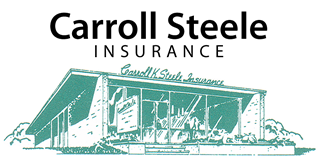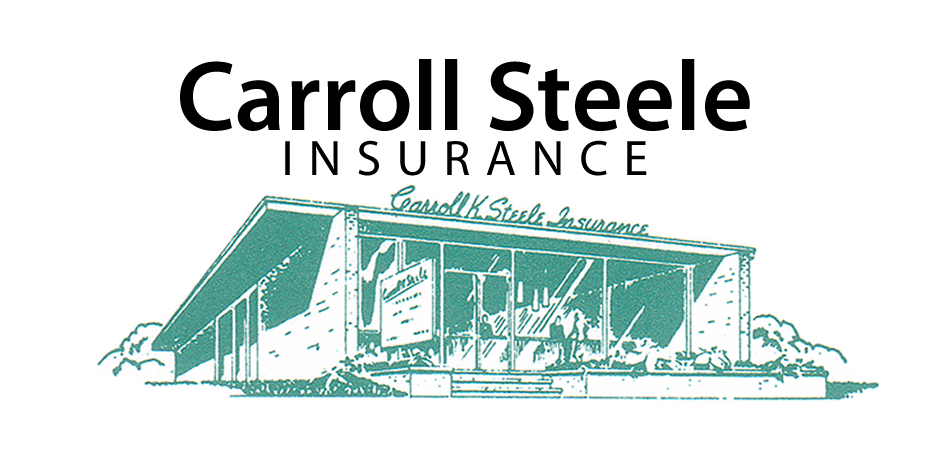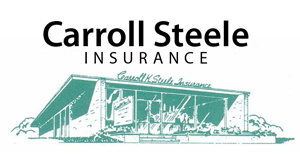General Liability
Liability insurance protects your company in case it is sued or held legally liable for injury or loss caused by a mistake made by your company. The development of a risk management plan as part of your business insurance plan will limit the risk of error; however, that risk cannot be eliminated. Liability insurance covers the business for this risk. For small businesses, many insurers package liability insurance into a larger insurance policy including property and casualty insurance. Most insurers call this packaged policy the “business owners’ policy” or BOP. Your business may be better served by a separate commercial general liability policy or CGL. The coverage afforded under both types of policies are almost always the same.
There are two types of liability policy:
- Claims Made – The insurer that covers your business when the claim is made is the insurer that will cover the claim. If you are a construction or design professional, this is the most likely liability policy choice because it can be years after the completion of a project for a defect to become apparent.
- Occurrence – The insurer that insures you at the time of the occurrence is the insurer that will handle the claim. The insurer is obligated to work with you until the claim is resolved even if you do not renew your policy with the insurer. These liability policies are more prevalent for businesses that would typically be aware of a potential claim immediately.
The two types of policies are the same with the exception of when the insurer’s obligation starts and ends. The liability policy provides coverage for damage from an “occurrence” during the policy period. An “occurrence” generally means “accident” occurring to a third-party (someone other than you or the insurer). However, your liability insurance policy may include a definition of “occurrence” to include “continuous or repeated exposure to substantially the same harmful conditions” that includes coverage for injury to a third-party for those kinds of injuries that cause damage over time. An example could be a gravel pit where a neighboring homeowner becomes ill due to a constant inhalation of gravel dust from the pit.
What is Not Covered
Liability insurance is a function of the substantive state law of your state. One state’s courts may rule that a liability insurance policy covers a particular occurrence, while a neighboring state rules it does not. There are some types of occurrences that are not covered and are excluded from the definition of occurrence across all liability insurance policies:
- Injury to a Worker– Workers are covered by workers’ compensation insurance and workers are not “third-parties” and, therefore, worker injury is not covered.
- Automobile Liability – Damage or loss caused by a company vehicle is covered by a commercial auto policy specifically sold separately from the liability policy.
- Damage to Business Property – Damage to business property or location is covered by your property and casualty insurance and your business is the “first-party” and liability coverage only applies to third-party claims.
- Pollution – Most liability policies do not cover pollution. If your business will or can harm the environment, then you will need a separate policy or a pollution endorsement.
- Products Completed Coverage – Liability policies do cover loss or damage caused by a completed product or service in most cases as long as there is a products-completed operations clause in the policy. Liability policies do not cover loss or damage due to the costs associated with the removal of a product or a recall of the product. There is separate coverage for that situation called product withdrawal coverage.
Understanding Limits
There are two types of limits in a standard liability policy:
- Single Occurrence Limit – This is the limit the insurer will pay on one occurrence.
- Aggregate Limit – This is the maximum amount the insurer will pay during any policy period for all of the occurrences in the policy period. Generally, this is two times the single occurrence limit.
Insurers have two duties in the event of a claim. The insurer has a duty to defend your company and a duty to indemnify. Indemnify means to pay the claimed loss. The duty to defend your company is the duty of the insurer to pay for your legal representation and all associated costs. The limits in your policy may be inclusive of defense costs or defense costs may be outside of limits.
You want to have a clear understanding of how your policy works. If you have a $500,000 single limit and that amount is to include defense costs, then your limit could be substantially reduced by the costs and fees associated with your defense. Keep in mind that your aggregate limit is your total amount of insurance for the policy period. You will want this number to be a realistic reflection of your company’s exposure to risk.
Endorsements and Exclusions
Endorsements add coverage to your policy and exclusions take away or limit coverage under your liability insurance policy. We will address various types of exclusions and endorsements applicable to the liability insurance policy. Bellow is a list of the most common types of endorsements:
- Liquor Liability-This is an endorsement to your liability policy adding coverage if your business sells, serves, produces, distributes or facilitates the delivery of alcohol to the public.
- Employment Practices -As the population ages and as our workplace becomes more diverse, claims against employers alleging discrimination are increasing. This endorsement adds coverage for such claims subject to a number of limitations.
- Employee Benefits – If you or an employee will manage employee benefits such as health, 401k’s or pensions, then this endorsement will add coverage to protect you against claims of faulty administration or negligence.
Liability Insurance is a critical element of your business insurance plan and it can be complicated. Choosing a good insurance professional and creating a statement about what your business does so you can work with that professional to understand your options is important in making sure your liability insurance is an adequate part of your business insurance plan.


